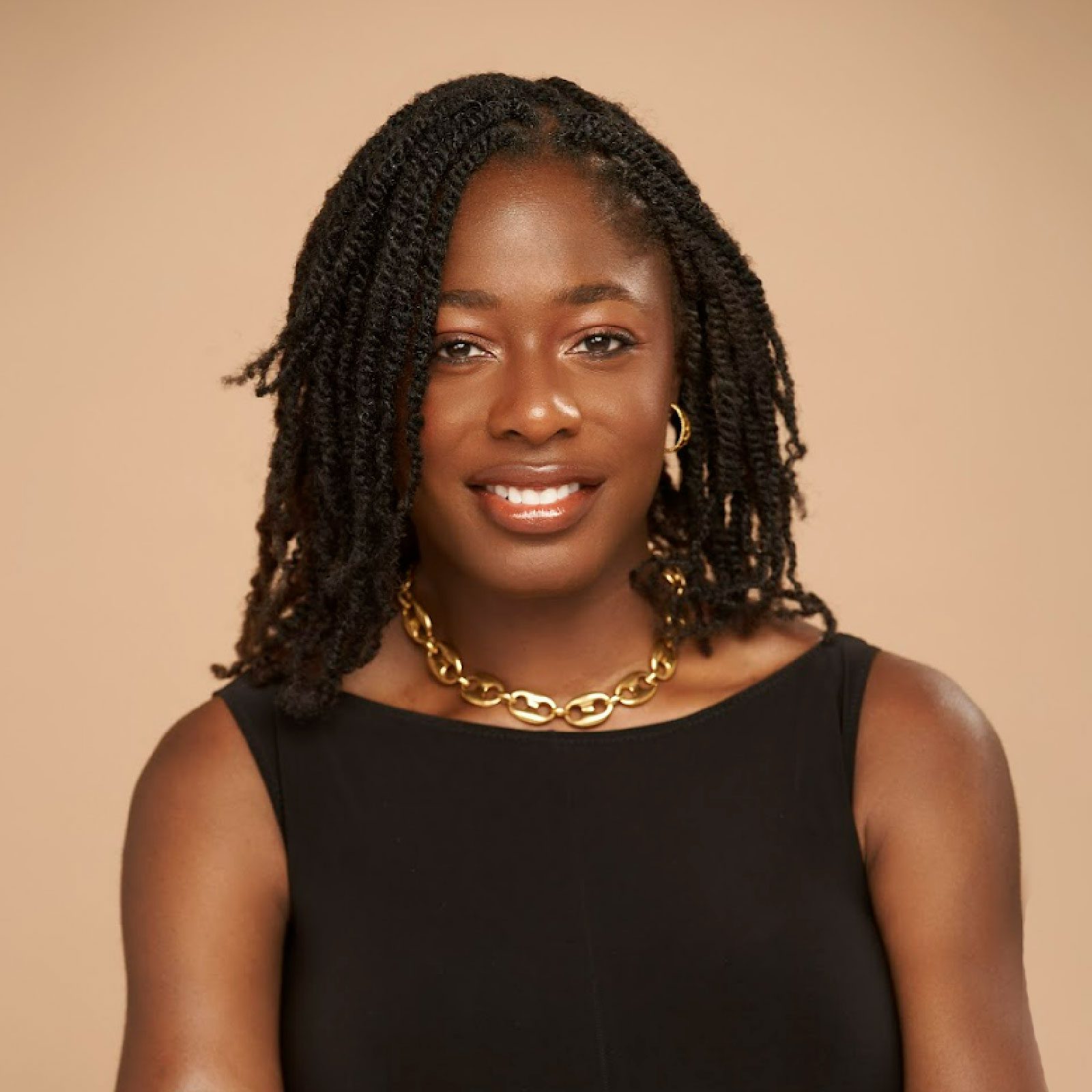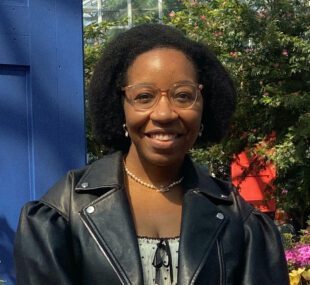Despite braids being such an important fixture of Black beauty culture, for many in the Black community, it’s hard not to associate them with pain or discomfort. Millions of Black women often experience scalp itchiness and irritation from the plastic, synthetic hair often used to create their favorite protective hairstyles.
Osahon Ojeaga knows this struggle all too well having dealt with her own fair share of negative experiences with braiding hair. In fact, it’s partly why she decided to launch Nourie, a plant-based braiding hair that releases nutrients to the wearer’s scalp and hair, supporting hair and scalp health. Made from high-quality, renewable biomaterials that are designed to look and feel like human hair, the brand’s extensions serve as a healthier alternative to the majority of braiding hair on the market—including the typical Kanekalon hair that’s commonly found in beauty supply stores. Plus, Nourie is not just safe for the braid wearer, but it’s also safe for the environment and promotes less plastic waste.
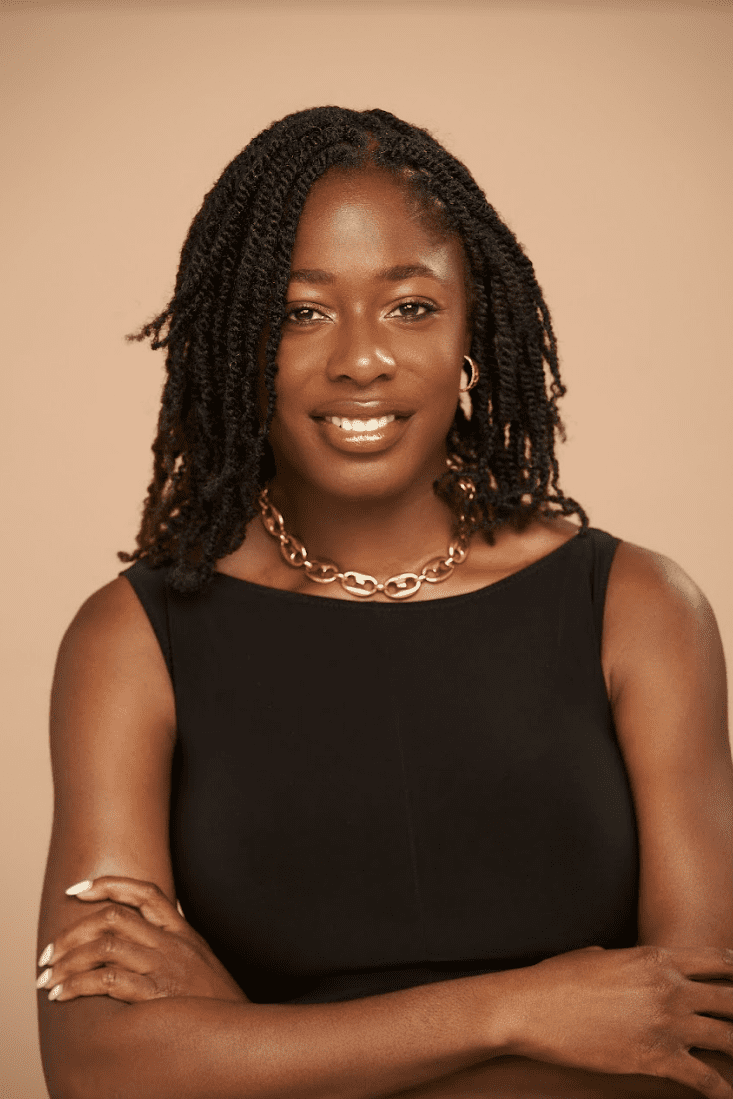
The Tease had the pleasure of connecting with Ojeaga about her revolutionary sustainable braiding hair and the positive change it is bringing to the hair extension industry. Ahead, we spoke with her about the creation of her brand, why the Black community deserves to benefit from current innovation, and what she’s realized about the intersection between sustainability and Black women’s haircare.
The Tease: Where did the idea to create Nourie come from and how did you know that it was something that the industry needed?
Osahon Ojeaga: The idea came from just being a Black woman who spent many years suffering every time she got her hair braided. That’s an experience that compounds over the years. You start young, trying to find a way to get your hair in a style that’s considered acceptable. Ultimately, by the time I was an adult, I was the one making decisions for my hair—what my style was, and who I was getting my hair from. I actually ended up having a really bad experience just getting the product. When you think about how the beauty industry is evolving, it is this very experiential kind of process to obtain beauty products and haircare. You go to Sephora or you go to an Ulta to touch, see, look, and feel [the products]. But then you go to a Black beauty supply store and it feels like a bazaar in a third world country.
I had a bad customer service experience where somebody was really rude to me. That was a tipping point for me and so I said, I’ll go make my own hair extensions. I started that process and began that journey. I ultimately discovered the cause of [hair] experiences that I had as a child, as a teen, and as a young woman with irritation, while I was going through the manufacturing process. I wanted to see if we could just do something completely differently. We couldn’t just use the same materials. There’s no such thing as a great Kanekalon that’s not going to be composed of something that’s not great for the body. I ended up looking at plants and turning to nature and using it as a model for making our fibers. What we ended up doing is taking the approach of using the molecules—just the components that comprise plants—and reconstituting it into a fiber that feels and looks like hair. It doesn’t feel like plants, but it feels like human hair. I don’t know if you’ve ever held plant-based braiding hair before, but it’s very plant-like and ours is very performance-focused.
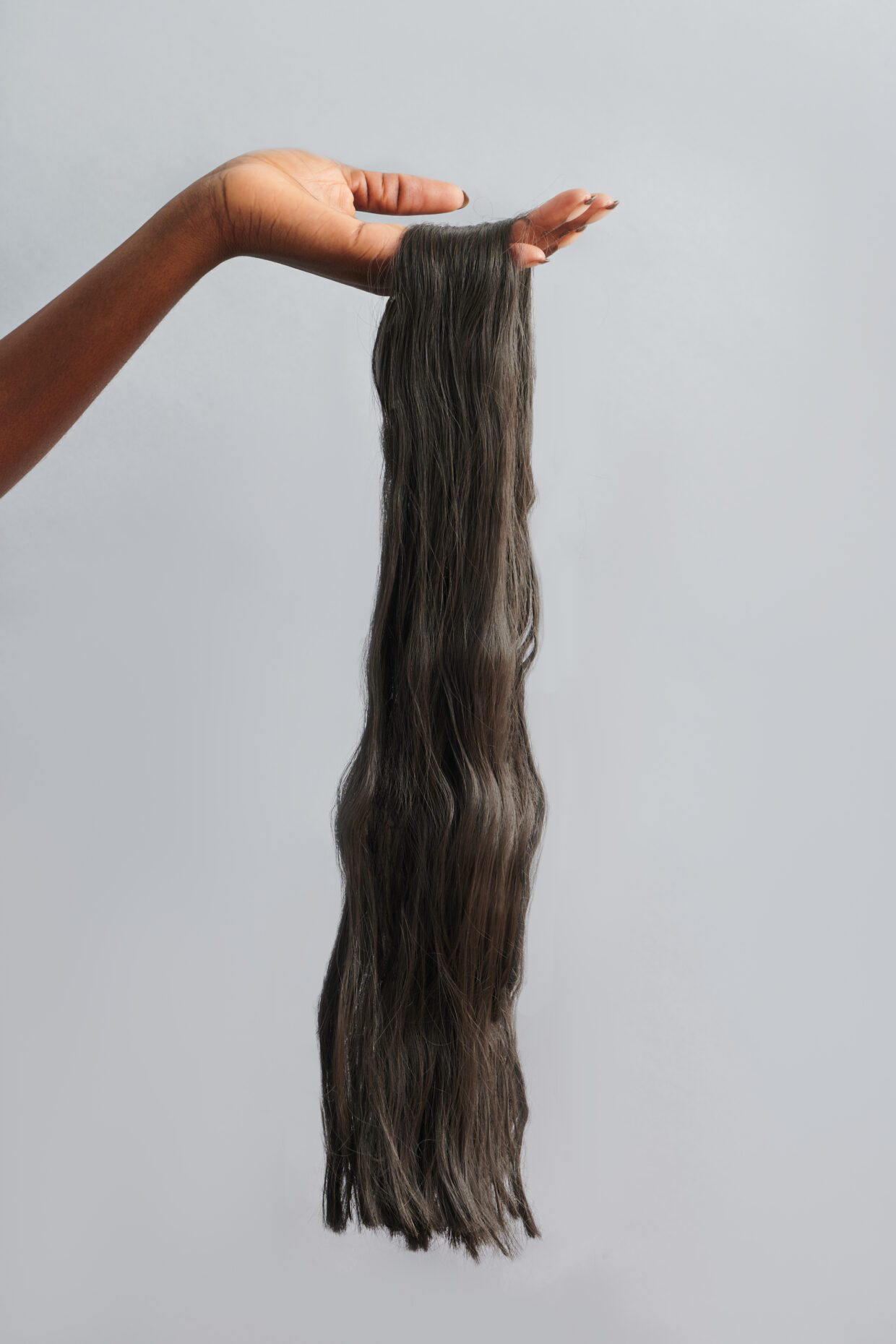
What was it about plant-based materials that made it the best option for your hair extensions? And did you ever consider using any other material at any point?
Ojeaga: I actually jumped to plants right after looking at the traditional synthetics. The reason I chose plants was because it’s just an abundant resource. It’s everywhere. We wanted to work with something where there wasn’t going to be a shortage of inputs to go into the manufacturing process and so plants just made sense. Also, we wanted something that came from nature. We wanted something that was sustainable. The fact that when you take your braids down and you’re left with a pound and a half or two pounds of plastic just because you wanted to get your hair braided, it didn’t sit well with me. Plants was the direction we went towards because you can take it from the earth, you can use it, and then you can return it back to the earth.
Given the huge sustainable aspect of the brand, I am curious to know whether environmental issues were something that you were already passionate about prior to creating Nourie.
Ojeaga: Actually, before I created Nourie, I had an electric car—before anyone else did. Of course, it was a really small electric car and the range was 60 miles before I had to charge it again. But sustainability has been important to me for a very long time and it wasn’t until I was off on my own and out of my parents’ house that I could really dive into the lifestyle the way that I wanted to.
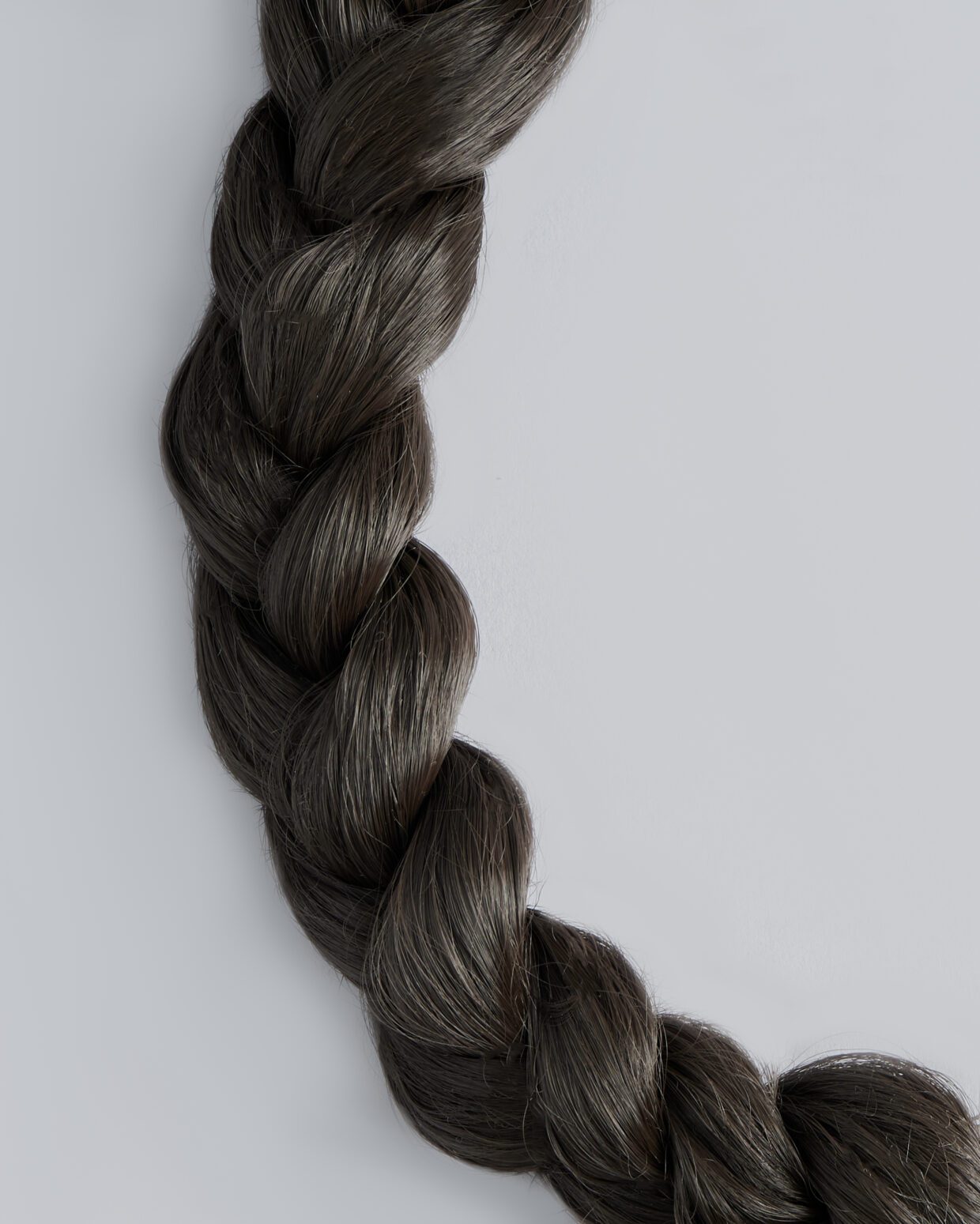
Going back to the plant-based materials, can you share a little bit about how you actually source the materials used to make your braiding hair?
Ojeaga: There’s a lot of IP and trade secrets that exist in how we go about making our material just because it is a deeply innovative process. When it comes to how we source materials, there are companies that are already making or extracting what we need from plants to produce our fibers. We sourced through those entities in those organizations.
Tell me about the development of your patent-pending nutrient complex in your braiding hair. How did you decide on the nutrients that would make up that complex? And, what did the testing process look like to perfect this aspect of your braiding hair?
Ojeaga: I wish I could take the credit for this answer and say that it was me, but we have a technical team that spent a lot of time researching different materials and molecules and actives that were readily available. They made the decision to create a nourishing coating that has some of the buzzy trending skincare ingredients in it. That’s really how we ended up with this first version of our product. At the same time we were working on it, this trend was emerging—that others have called the “skinification of haircare”.
Yes, I’ve heard so much about this trend.
Ojeaga: We started working on the coating before that phrase became a thing. Our experiences as Black women really led us to seeking out how we could elevate braiding and the braid wearer. It’s just a coincidence that, at the same time, the skinification of haircare started as well. It’s been an incredible journey in terms of just developing and discovering and the stars aligning with what’s happening and what’s trending. We’re not following a trend. We’re kind of just moving in parallel, in the same direction as other industries.
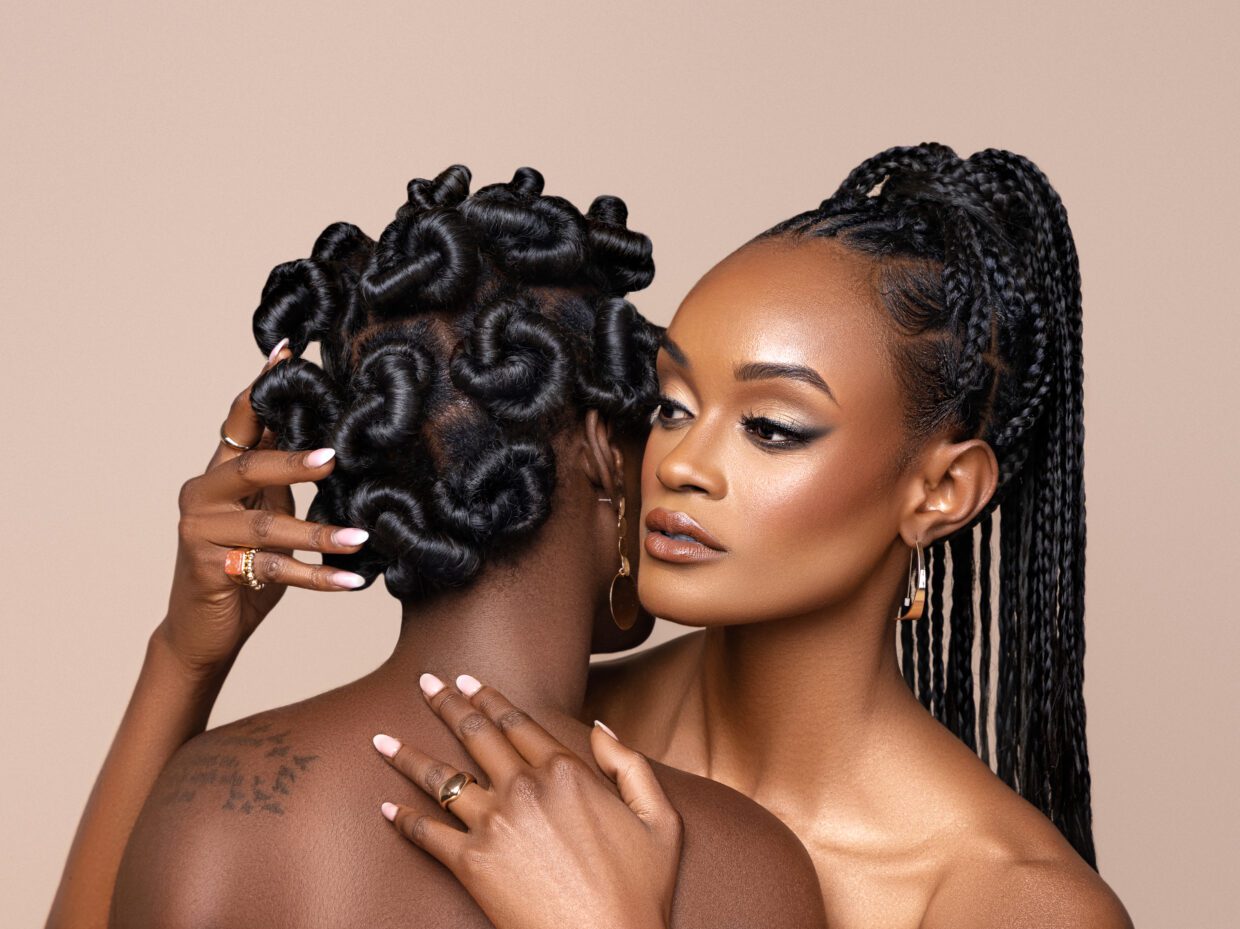
How does your plant-based braiding hair compare to traditional synthetic or human braiding hair? For example, can you heat it?
Ojeaga: We designed it so that there isn’t a learning curve. It is a bit more sensitive to heat than other materials. But the thing that really drove us to create this product is just the massive disconnect that exists between the people who are producing synthetic hair and the people who are wearing it. They look nothing like us. Their experiences are nothing like our experiences. When we think about how our fiber compares to traditional synthetic braiding hair, it is a product that was made with us in mind. It has superior materials that go into it. People consider Kanekalon a high-quality synthetic hair, but high-quality by whose standards—by some chemical company’s standards? Are they thinking about the Black woman when they’re saying it is high-quality? Are they looking at it from a very chemical-centric standpoint and saying this is high-quality?
As far as performance, it is a very soft fiber. It looks like human hair, it feels like human hair, and it performs like synthetic hair. You want to set it, you dip it in hot water. Our fiber doesn’t even really need to be dipped in hot water. You can wrap it around a roller overnight and the next day the curl is there. Something else that we thought about is the fact that when you go and get your hair braided, somebody has to bring this container of boiling hot water next to your body. That is so dangerous. Being a Black woman, the crazy positions that we’ve placed ourselves in for beauty, it’s wild. Our fiber doesn’t require the water to be nearly that hot. It’s a safety kind of thing. Just from a material standpoint, it’s safer and then there’s the nourishing functionality of it as well.
When it comes to hair extensions, Black women are generally not a part of the process despite being the greatest consumers of these products. For you, what does it mean to be able to work with a team of Black female scientists to create an alternative product and a solution for an often forgotten demographic within the hair and beauty industry?
Ojeaga: With Nourie, it’s been an incredible experience, especially with this team. You don’t often hear of a deeply technical company doing really complex innovation and in the back of their mind, as they’re thinking about the innovation process and who’s going to be using it, they’re thinking about a Black woman. But that changed with Nourie and it’s because we are the ones who are creating this process of producing it. We’re the ones going out there and having real conversations with braiders, with stylists, with pros, with consumers, and with moms of daughters who got their hair braided. We’re really taking that feedback to heart and engineering and building around it to create the right product for us—not just some type of product that generates money.
Many industries could benefit from this innovation — from a sustainable, plant-based material that still has the properties and performance of the synthetic fibers that we wear so much, such as polyesters. We could have decided to commercialize this technology for applications that are much larger than hair extensions. I know some of the fast fashion companies are being slammed when it comes to sustainability and how their clothes end up in landfills around the world. There’s an opportunity to take this technology and apply it to that industry. But we realized that there was a more pressing need that’s near and dear to our lives: the Black female community. Black women and the Black community should get an opportunity to benefit first from the latest and greatest innovation, which usually never happens. We’re never the first to benefit from the latest and greatest in technology and innovation. We wanted to change the narrative and make that a reality.
Throughout your journey with Nourie so far, what have you realized about the intersection between sustainability and Black women’s haircare?
Ojeaga: We did a survey last year with professional braiders around the United States on what sustainability means to them. We got the results back and we have been using the results to drive our decision-making. With the connection between sustainability and Black women’s haircare, there’s this understanding that if a product is made sustainably—truly sustainably—it’s going to be healthier for the wearer or consumer. There’s a lot in the press right now around the risks associated with relaxers. The products that are marketed towards us and what goes into them are just very unsustainable and very problematic. Research and data is showing that a Black woman is three times more likely to be at risk for cancer than a woman who goes and does the same type of care for their hair.
When it comes to sustainability, I think that professionals are starting to realize that if it is sustainable and it’s made from plants, it is going to cause less irritation. They are not going to feel conflicted around the care that they provide for their clients. Right now, they feel powerless given the limited options available. In the Black hair space, specifically around the professional space, they’re looking for sustainability and looking for a way to be able to say that their services are superior than what you’ve seen in the past. So there’s this correlation between higher quality care when sustainable products are used.
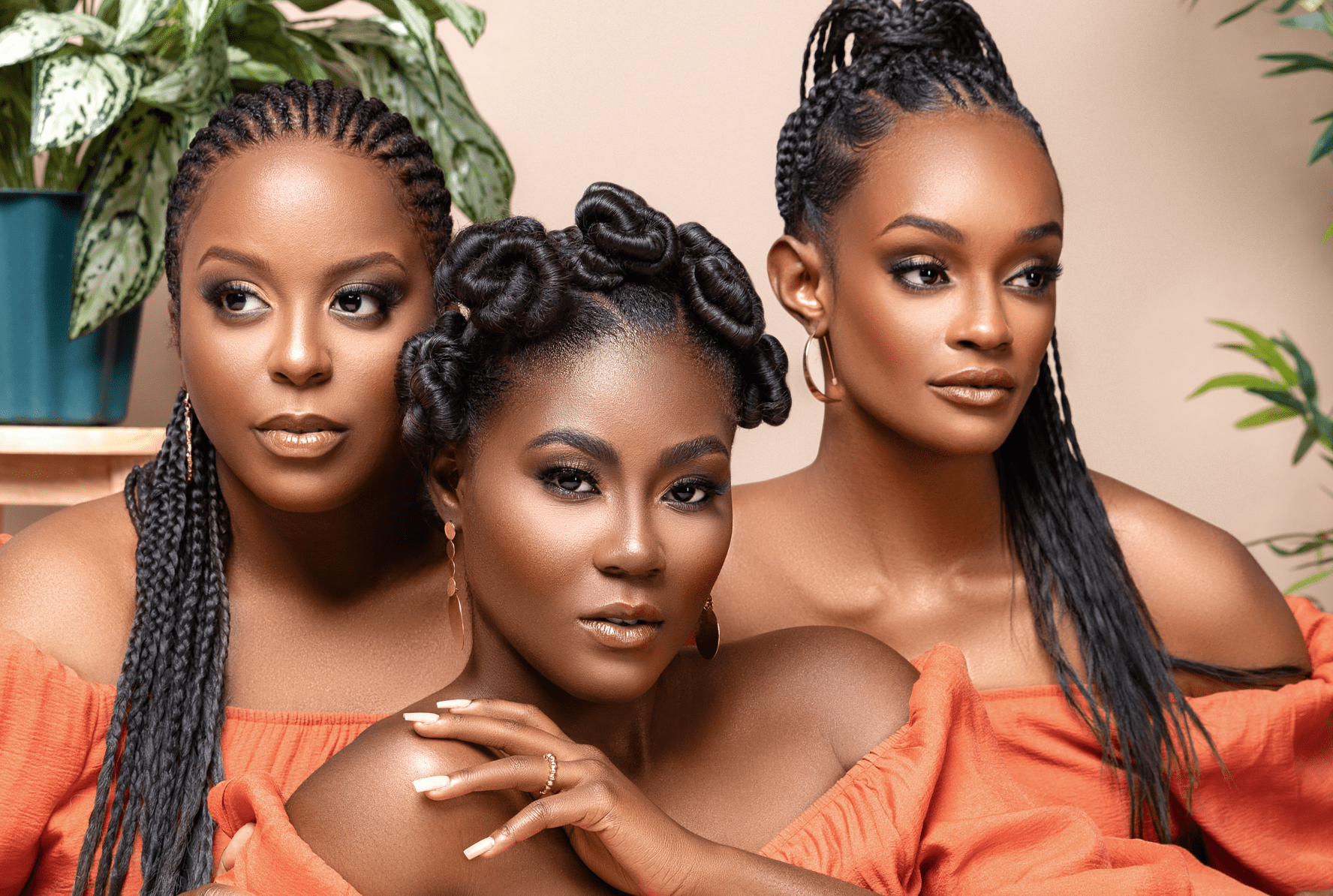
Black women are generally left out of the sustainability conversation, particularly as it relates to issues surrounding their hair. How does it feel to now play a role in changing that and to now be part of that conversation with Nourie?
Ojeaga: It’s been a really disappointing experience just because there are so few of us. It would be nice to be able to convene in one place to have conversations about how we can push this agenda of sustainability forward faster. I want to see more of it. The environment needs to evolve so that more women who are trying to create these natural products and more Black women who are trying to get into clean beauty, can do so. I just want to see more and I’m impatient. I’m very frustrated. But I think that with Nourie, there’s an opportunity for the success of this brand to be evidence to make that bet on that Black woman that just pitched their idea to you around a sustainable beauty product. I want Nourie to become a success story so that other people get the opportunity to make an impact the way that we are embarking on making an impact in the space.
How do you see the future of Black haircare changing with increased innovation and a bigger focus on creating sustainable products?
Ojeaga: I think we’re already starting to see it change. We’re seeing this evolution of Black haircare. We’re seeing braid bars that are adopting the Dry Bar business model, and we’re seeing more Black haircare salons. Pressed Roots in Dallas is just one example. They’re offering this elevated salon experience that isn’t like your traditional Black salon. Don’t get me wrong, the culture of a Black salon is very much a special experience. But it’s not necessarily a relaxing, pampering type of experience and so we’re seeing the shift.
When it comes to where you’re getting your care, the environment where the care is taking place and the products that are being sold in these types of environments need to match. There’s a disconnect when you are going to a braid bar where you’re about to spend $600 to get your hair braided and they’re braiding your hair with the Kanekalon [hair] from the beauty supply store that was five dollars a pack. Do you want a holistically, uplifted, empowered, sophisticated experience or do you just want a slice of it? There’s usually a premium associated with sustainable products. But from a consumer standpoint, sustainability isn’t always the highest priority. There needs to be some type of additional performance added to it. If you’re going to be sustainable, you have to make sure that the performance aspect of the product is there.
Lastly, what are your goals for the future of Nourie as it relates to your everyday consumers, but also to your professional consumers like braiders?
Ojeaga: Though the brand has just launched, we have plans to introduce additional colors and textures, and to expand beyond braiding hair, to wefted extensions and wigs. From a distribution standpoint, we are committed to bringing our community of braiders into the fold, allowing them to take a rightful share of what is theirs. They’ve been left out of the industry for far too long.
This interview has been lightly edited for length and clarity.
To learn more about Nourie—including how to purchase the brand’s braiding hair, be sure to follow @nouriehair on Instagram or visit https://www.nouriehair.com/.
